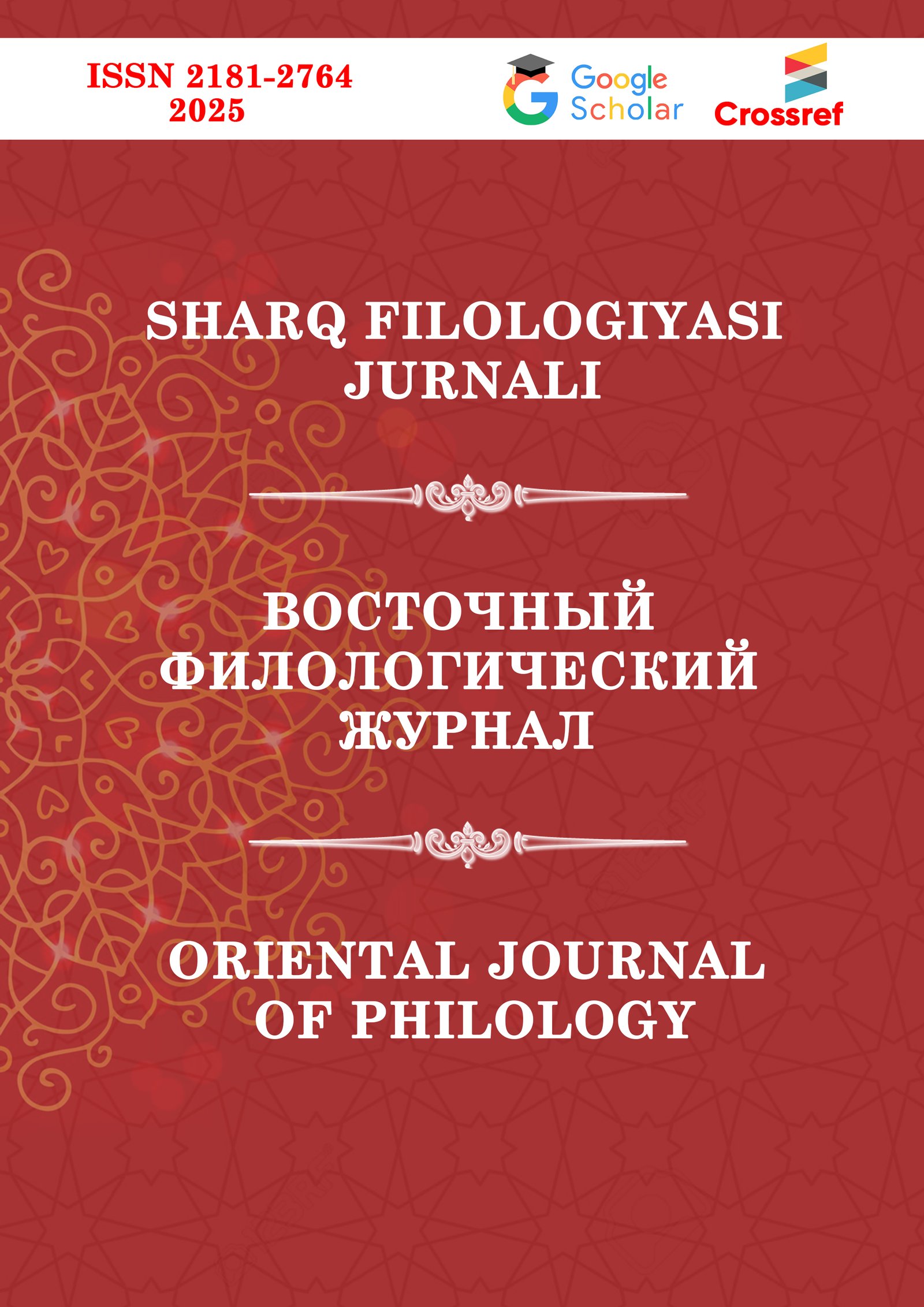 Articles
| Open Access |
DOI:
https://doi.org/10.37547/supsci-ojp-05-03-75
Articles
| Open Access |
DOI:
https://doi.org/10.37547/supsci-ojp-05-03-75
USING THE AUDITORY METHOD IN ARABIC LANGUAGE LEARNING
Bunyod Khalimbaev ,Abstract
The listening method plays a crucial role in mastering the Arabic language, as it allows learners to deeply immerse themselves in the natural rhythm and structure of the language. This approach enhances comprehension, pronunciation, and vocabulary acquisition while also fostering a deeper understanding of Arabic culture. This article examines the significance of the listening method, effective materials and strategies for its implementation, and its advantages in modern Arabic language education. Studies indicate that integrating the listening method with modern technologies and interactive exercises significantly boosts learners' skills and engagement.
Keywords
listening method, Arabic language, language learning, listening comprehension, pronunciation, language environment, modern teaching methods.
References
Richards, J. C., & Rodgers, T. S. (2014). Approaches and Methods in Language Teaching. Cambridge University Press.
Rost, M. (2016). Teaching and Researching Listening. Routledge.
Alrabai, F. (2016). Motivation and Language Learning in the Arab World. Springer.
Buck, G. (2001). Assessing Listening. Cambridge University Press.
Rubin, J. (1994). A Review of Second Language Listening Comprehension Research. The Modern Language Journal, 78(2), 199–221.
Field, J. (2008). Listening in the Language Classroom. Cambridge University Press.
Haywood, J. A., & Nahmad, H. M. (2005). A New Arabic Grammar of the Written Language.
Article Statistics
Downloads
Copyright License
Copyright (c) 2025 Bunyod Khalimbaev

This work is licensed under a Creative Commons Attribution 4.0 International License.

